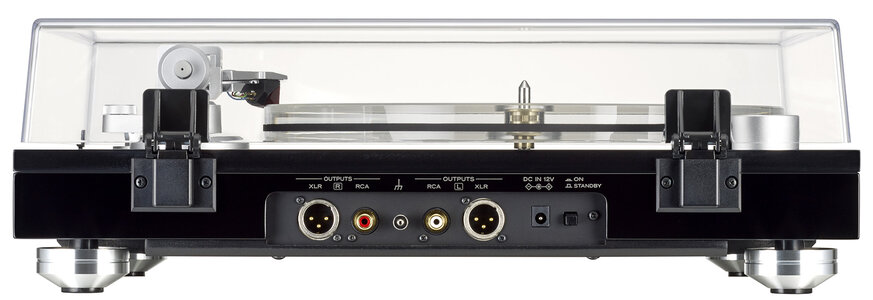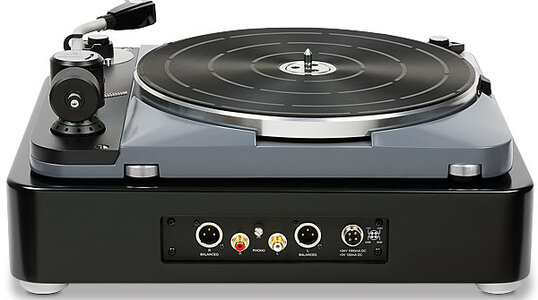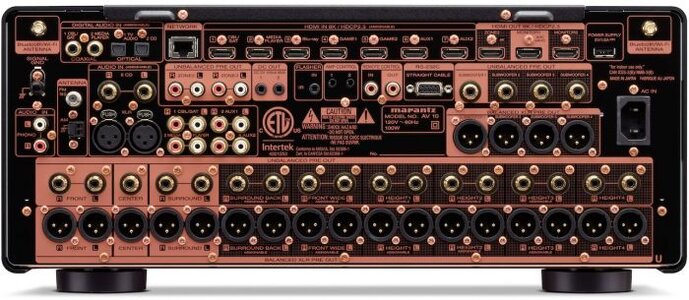I was a bit puzzled by the phrase "balanced".
Balanced as we know it is the 3 pin connection as common n the pro-world. You have the hot (the signal), the cold (the inverse) and the signal ground. At the receiving end there is a differential amp removing the common noise.
One option is they use a balun in the turntable to turn the signal into balanced.
However they refer to MC as being balanced. This reminds me of the headphone world.
Another definition of "balanced" is that what comes in, comes out. No possibility to leak, common ground, etc.
A MC indeed has L+/L- and R+/R-. This might apply to MM as well. However, the wiring or the cartridge might use a common ground so L/R/G
This is probably what
Project claims, a 2 x 2 wire connection over the mini XLR versus L+/R+/Ground over RCA.
Obvious, this has noting to do with common noise rejection as we know it from professional balanced connections.




